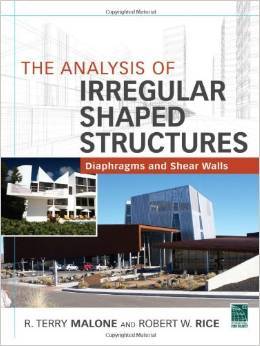gotlboys
Civil/Environmental
- May 31, 2015
- 61
I am designing an L-shaped four-storey apartment with dimension 25x56m. Column grid is 5m on both directions. I am aware that it would be irregular bldg and some engineers may like to go for dynamic analysis which I am not really familiar with.
What would your suggestions be to account for the irregularity and avoid dynamic analysis? I have a reference which recommends shear wall and separation of building. If these two recommendations work for such irregularity, then how would I analyze seismic load distribution (static analysis) on the frame. A simple direction may lead me to a great solution.
What would your suggestions be to account for the irregularity and avoid dynamic analysis? I have a reference which recommends shear wall and separation of building. If these two recommendations work for such irregularity, then how would I analyze seismic load distribution (static analysis) on the frame. A simple direction may lead me to a great solution.

